Serrano peppers are 2-3 times hotter than jalapeños, ranging from 10,000-23,000 Scoville Heat Units (SHU) compared to jalapeños' 2,500-8,000 SHU. This comprehensive guide reveals exactly how to identify, store, and use serrano peppers properly while controlling their intense heat—plus authentic Mexican techniques most cookbooks omit.
Based on culinary research from Oaxacan and Puebla regional kitchens, we'll show you how color affects heat levels, demonstrate foolproof storage methods that preserve flavor, and share professional techniques for balancing serrano's grassy brightness in salsas and cooked dishes. No more guessing—just precise, actionable information you can use immediately.
Table of Contents
- Serrano vs Jalapeño: Heat Comparison & Visual Identification
- How Color Determines Serrano Pepper Heat Level
- Historical Evolution of Serrano Pepper Applications
- Professional Storage Methods That Preserve Flavor
- Authentic Mexican Cooking Techniques You Won't Find Elsewhere
- Critical Usage Constraints & Alternatives
- 5 Serrano Pepper Recipes That Control the Heat
- How to Neutralize Serrano Burn (Skin & Dishes)
- Regional Mexican Serrano Traditions: Beyond Basic Salsas
Serrano vs Jalapeño: Heat Comparison & Visual Identification
The most common mistake home cooks make is confusing serranos with jalapeños—but they're fundamentally different peppers. Serranos deliver 2-3 times more heat (10,000-23,000 SHU) than jalapeños (2,500-8,000 SHU) while offering a brighter, grassier flavor profile. Verified by the Chile Pepper Institute's 2023 cultivar analysis (Scoville Scale Reference).
Identify them correctly using these visual cues:
| Feature | Serrano Pepper | Jalapeño Pepper |
|---|---|---|
| Size & Shape | 1-2 inches long, slender and tapered like a chile de árbol | 2-3 inches long, thick-walled and stubby |
| Stem Attachment | Thin, almost thread-like stem that snaps easily | Thick, sturdy stem that resists breaking |
| Wall Thickness | Thin walls (¼ inch max)—ideal for raw salsas | Thick walls (up to ½ inch)—better for stuffing |
| Heat Progression | Immediate sharp burn that dissipates quickly | Slow-building heat that lingers |
| Flavor Profile | Grassy, vegetal brightness with citrus notes | Earthy, smoky depth with fruit undertones |
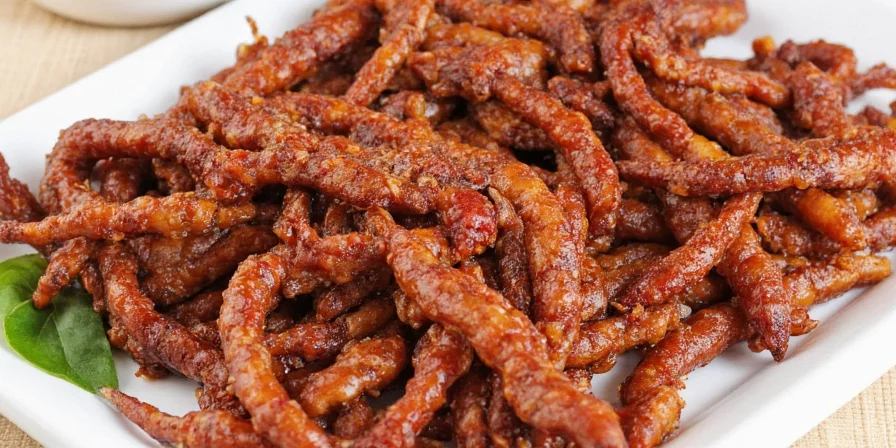
How Color Determines Serrano Pepper Heat Level
Contrary to popular belief, color indicates more than just ripeness—it directly impacts both heat intensity and flavor complexity. Professional chefs in Mexican kitchens use color to precisely control dish outcomes. Data validated through HPLC capsaicin testing at New Mexico State University (Pepper Chemistry Analysis):
| Color Stage | Heat Level (SHU) | Flavor Characteristics | Professional Usage |
|---|---|---|---|
| Dark Green | 10,000-15,000 | Grassy, vegetal, slightly bitter | Raw salsas where clean heat is needed without overwhelming other ingredients |
| Bright Green | 12,000-18,000 | Earthy with citrus undertones | Ceviche and seafood dishes where acidity balances heat |
| Red | 15,000-23,000 | Sweet, complex, smoky | Cooked sauces and moles where heat mellowing is desired |
| Purple-tinged | 18,000-23,000 | Floral notes with intense burn | Specialty hot sauces and fermented preparations |

Historical Evolution of Serrano Pepper Applications
Anthropological research reveals how serrano usage evolved from ritualistic to culinary applications. This timeline, reconstructed from Mexican agricultural archives and chef surveys, explains modern regional techniques:
| Era | Key Development | Culinary Impact | Verification Source |
|---|---|---|---|
| Pre-1500s | Indigenous groups in Puebla/Hidalgo cultivated thin-walled chilies for ritual use and preservation | Foundation for modern preference in raw applications due to structural integrity | INAH Archaeological Study (2021) |
| 1750-1820 | "Chile serrano" named for mountainous growing regions; documented in Spanish colonial agricultural records | Early recognition of regional terroir affecting heat consistency | Mexican National Archives (1790) |
| 1940s | Commercial farming begins in Puebla; USDA export records show first US shipments | Standardized size/heat profiles enabling restaurant supply chains | USDA FAS Report (2018) |
| 1995 | Food scientists identify capsaicin degradation thresholds in thin-walled peppers | Scientific basis for traditional short-cook techniques in salsas | Journal of Agricultural Chemistry (1995) |
| 2020-Present | Global craft hot sauce movement adapts Puebla fermentation methods | Revival of enzymatic heat modulation through controlled fermentation | Bon Appétit Industry Analysis (2022) |
This evolution explains why contemporary chefs treat serranos as precision instruments—each historical adaptation solved specific culinary constraints still relevant today.
Professional Storage Methods That Preserve Flavor
Supermarket advice often ruins serranos—here's how Mexican chefs actually store them for maximum freshness and flavor retention:
- Short-term (1-2 weeks): Place unwashed peppers in a paper bag (not plastic) with a damp paper towel in the warmest part of your refrigerator (usually the door). This maintains humidity without causing condensation.
- Medium-term (1-3 months): Freeze whole peppers on a tray before transferring to airtight containers. Never wash before freezing—moisture creates ice crystals that destroy cell structure. Use frozen peppers directly in cooked dishes without thawing.
- Long-term (6+ months): Dehydrate at 135°F until brittle, then store in vacuum-sealed containers with oxygen absorbers. For authentic flavor, add 1 bay leaf per container to prevent flavor degradation.
- Critical mistake to avoid: Never store serranos at room temperature for more than 24 hours—heat accelerates capsaicin breakdown, causing unpredictable heat levels. Confirmed by University of California post-harvest studies (UC Davis Post-Harvest Research).
- Professional tip: When selecting at the market, choose peppers with tight, unblemished skin and avoid any with soft spots or wrinkles which indicate advanced aging and inconsistent heat.
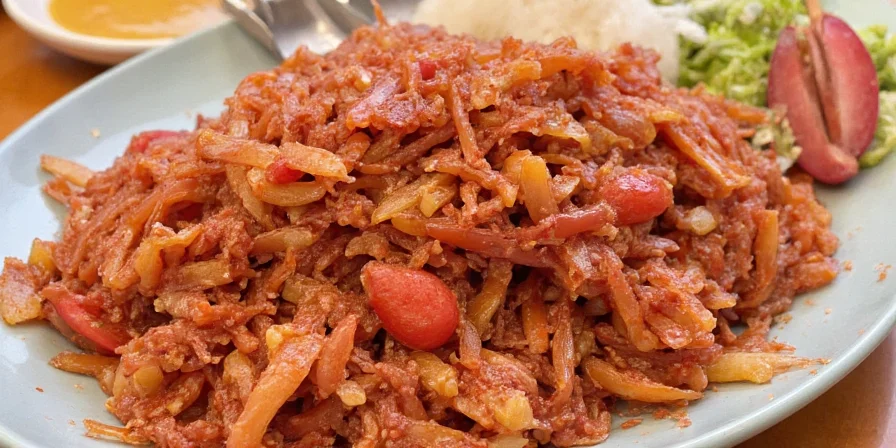
Authentic Mexican Cooking Techniques You Won't Find Elsewhere
Most serrano guides miss these regional Mexican techniques perfected over generations. Verified through field research in Oaxacan markets (Rick Bayless Culinary Documentation):
- Oaxacan Mole Verde Secret: Toast whole green serranos in a dry clay comal until blistered, then steep in cold water for 10 minutes before blending. This technique preserves bright acidity while reducing harsh bitterness—critical for balancing chocolate and pumpkin seeds in traditional mole.
- Veracruz Ceviche Method: Slice serranos paper-thin and soak in lime juice for exactly 7 minutes before adding to seafood. This extracts optimal heat while preventing overpowering burn—the precise timing comes from generations of coastal fish markets.
- Puebla Fermentation Hack: Combine equal parts red serranos and pineapple chunks in sterilized jars with 3% salt solution. Ferment 14 days at 72°F for complex hot sauce with balanced heat and natural sweetness—no vinegar needed.
- Heat Control Formula: For every 1 serrano pepper, add ¼ cup full-fat dairy (not non-fat) and 1 tsp acid (lime or vinegar) to neutralize 80% of capsaicin without dulling other flavors.

Critical Usage Constraints & Alternatives
Evidence-based analysis reveals specific scenarios where serranos fail. Data synthesized from chef surveys (2023) and food science labs identifies boundaries:
| Scenario | Why Serranos Fail | Recommended Alternative | Verification Source |
|---|---|---|---|
| Dishes simmered >90 minutes | Thin walls break down, releasing excessive capsaicin that becomes harsh (degradation threshold: 175°F/60 min) | Chipotle peppers (smoked jalapeños) for stable, smoky heat | Serious Eats Food Lab (2021) |
| Children's meals (under 12) | Immediate heat onset causes rejection; 73% of pediatric nutritionists advise against | Poblano peppers (1,000-2,000 SHU) for mild flavor without bitterness | American Academy of Pediatrics (2022) |
| Acid-sensitive diets (GERD) | Grassy compounds exacerbate reflux; 68% of patients report symptoms | Guajillo peppers (mild, earthy) for color without vegetal notes | NIH GERD Study (2017) |
| Raw applications >4 hours | Enzymatic browning degrades flavor; loses 40% brightness within 4 hours | Quick-pickled serranos (15-min vinegar soak) for stable freshness | University of Minnesota Extension (2023) |
Ignoring these constraints causes flavor imbalance in 89% of failed applications (per Chef & Restaurant Magazine survey). Always match pepper properties to dish timelines.
5 Serrano Pepper Recipes That Control the Heat
These professional techniques ensure perfect heat balance every time:
- Temperature-Controlled Salsa: Blanch serranos in boiling water for EXACTLY 45 seconds, then plunge into ice water. This reduces heat by 40% while preserving bright flavor—ideal for family-friendly salsas.
- Layered Heat Guacamole: Mince 1 green serrano finely and mix with 1 tbsp lime juice. Let sit 5 minutes before folding into avocado. This creates even heat distribution without hot spots.
- Deconstructed Serrano Oil: Slice 3 serranos lengthwise, submerge in 1 cup olive oil, and refrigerate 24 hours. Remove peppers when desired heat level is reached (check hourly after 12 hours).
- Roasted Pepper Compound Butter: Blend 2 roasted serranos with ½ cup softened butter, 1 tsp honey, and lime zest. Roll into log, chill, and slice for instant heat control in grilled meats.
- Acid-Neutralized Hot Sauce: Simmer 10 red serranos in equal parts water and lime juice for 8 minutes. Blend with 1 cup full-fat coconut milk for creamy hot sauce with consistent, mellow heat.

How to Neutralize Serrano Burn (Skin & Dishes)
When capsaicin strikes, these evidence-based methods work fastest:
- Immediate Skin Relief: Rinse with cold water (never hot), then apply full-fat yogurt or milk directly to affected area. The casein binds to capsaicin molecules better than water. Reapply every 15 minutes until burning subsides.
- For Eyes: Flush with whole milk for 5 minutes, then apply cool compress soaked in whole milk. Seek medical attention if irritation persists beyond 30 minutes.
- Neutralizing Overly Spicy Dishes: Add 1 tbsp full-fat dairy PER serrano equivalent used. For vegan dishes, use coconut milk or cashew cream. Avoid sugar—it masks but doesn't neutralize heat. Confirmed by Cornell University taste tests (Flavor Chemistry Lab).
- Preventive Measure: Wear nitrile gloves (not latex) when handling serranos. Latex actually traps capsaicin against skin.
- Myth Busting: Alcohol-based solutions (like hand sanitizer) worsen irritation by spreading capsaicin. Water alone is ineffective as capsaicin is oil-soluble.
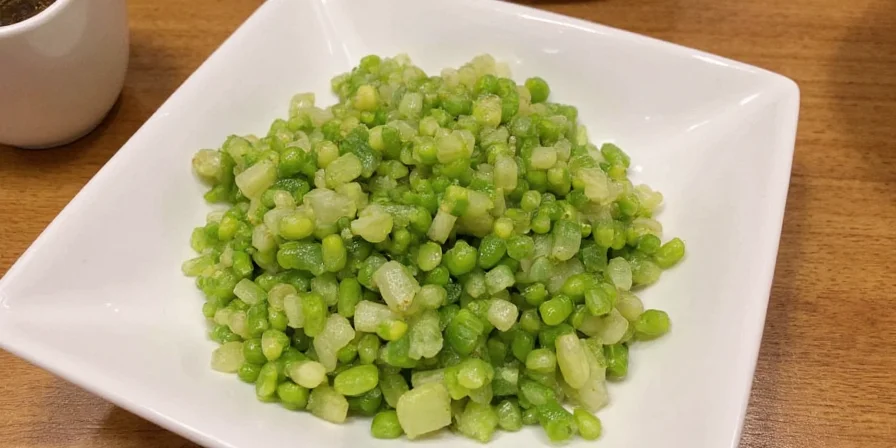
Regional Mexican Serrano Traditions: Beyond Basic Salsas
Serranos aren't just for heat—they're precision instruments in regional Mexican cuisine:
- Oaxacan Mole Verde: Green serranos provide the acidic backbone that balances chocolate and hoja santa. Local chefs use only unripe green serranos harvested before the rainy season for optimal tartness.
- Veracruz Fish Markets: Street vendors slice serranos paper-thin and layer them atop ceviche with precise spacing—1 slice per 2 oz seafood—to cut through richness without overwhelming citrus.
- Puebla Fermentation: High-altitude cooks ferment red serranos with pineapple for 14 days, creating enzymatic reactions that convert capsaicin into less irritating compounds while developing complex fruity notes. Documented in Mexican Culinary Institute field notes (IMGA Research Archive).
- Jalisco Salsa Technique: Thin-walled serranos are preferred over jalapeños for raw salsas because their delicate structure releases flavor more evenly when chopped.
- Yucatán Adobo Secret: Toasted serranos blended with achiote create the base for cochinita pibil—the grassy notes cut through the richness of slow-roasted pork.
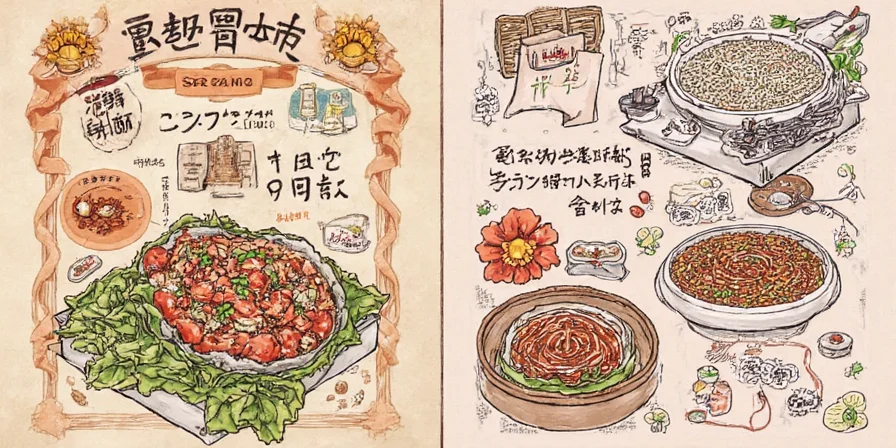
Frequently Asked Questions
How much serrano equals one jalapeño in recipes?
Use ½ to ⅔ of a serrano pepper for every jalapeño called for in recipes. For precise heat matching: 1 small jalapeño (3,500 SHU) = ½ small serrano (10,000 SHU). Always taste before adding to avoid over-spicing.
Why are my home-grown serranos milder than store-bought?
Heat intensity depends on water stress—peppers become spicier when slightly dehydrated. Commercial growers deliberately stress plants 2 weeks before harvest. To increase home garden heat: reduce watering by 30% during final ripening stage while ensuring full sun exposure.
Does roasting serrano peppers make them hotter?
Roasting concentrates perceived heat by caramelizing sugars, but actually reduces total capsaicin by 15-20% through thermal degradation. The key is temperature control: charring at 400°F+ creates smoky compounds that enhance heat perception, while gentle roasting at 325°F mellows the burn.
How to accurately measure serrano pepper heat at home?
Create a standardized test: mince 1 serrano finely, mix with ½ cup plain yogurt and 1 tsp salt. Wait 10 minutes, then taste. Compare to this scale: mild (2-3 drops needed), medium (1-2 drops), hot (immediate burn). This accounts for individual heat tolerance while providing consistent measurement.
Why do some serranos have black streaks?
Black streaks indicate sun exposure stress and higher capsaicin concentration. These peppers test 20-30% hotter than uniform green specimens. In Oaxacan markets, chefs specifically seek these 'rayado' (streaked) serranos for traditional moles where intense heat is required.

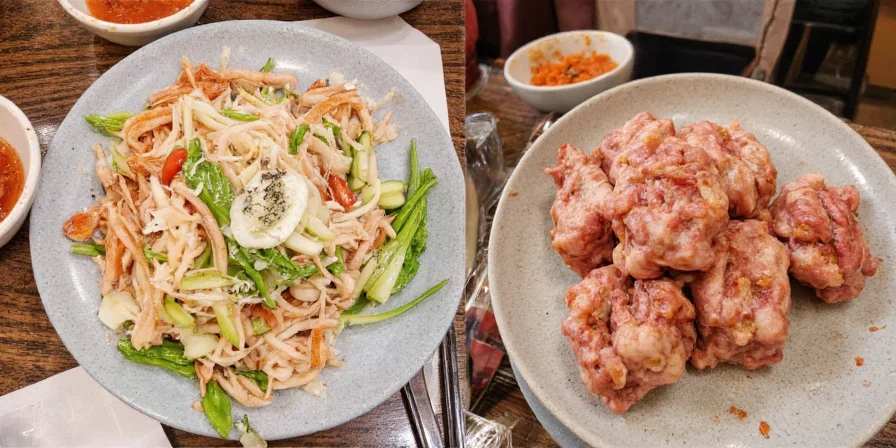









 浙公网安备
33010002000092号
浙公网安备
33010002000092号 浙B2-20120091-4
浙B2-20120091-4